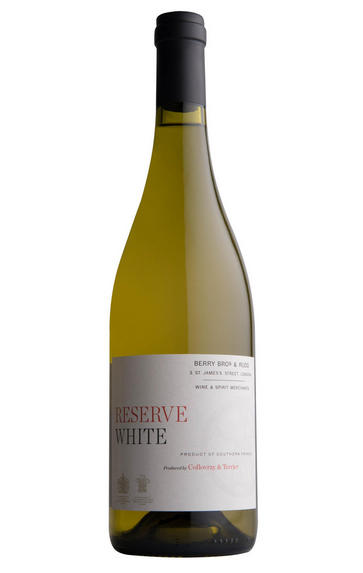
About this WINE
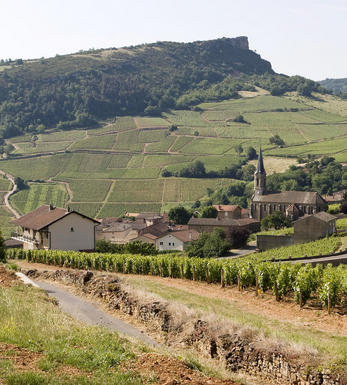
J L Terrier & C Collovray
Jean-Luc Terrier and Christian Collvray were recently hailed as Burgundy's Winemakers of the Year by the renowned Gault-Millau guide and are better known for their exemplary White Burgundies from Domaine Des Deux Roches. In recent years, however, this quality-conscious duo have been producing an outstanding range of wines from 30-year-old vines on slopes 500 metres above sea level south of Limoux in the Languedoc region.
The combination of quality, varietal definition and value persuaded us to take the important step of working with them to produce three of our House wines.
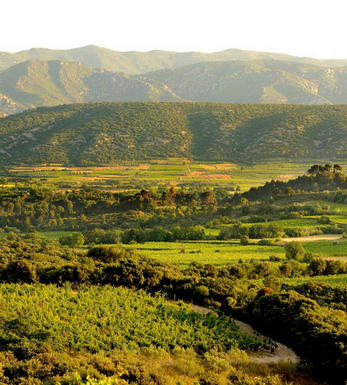
Vin de Pays
Althought not as stringent as those for AOC, Vin de Pays wines must fulfill certain criteria: they must exclusively derive from their named area, meet precise standards under analysis, come from ‘recommended’ grape varities (as per each département) and must receive a tasting accreditation.
The designation of Vin de Pays is divided into three tiers:
Vin de Pays Régionaux (regional)
These denominations include:
- Vin de Pays d’Oc (from Languedoc-Roussillon, accounting for 70% of all French Vin de Pays)
- Vin de Pays du Jardin de la France (from the Loire Valley)
- Vin de Pays du Comté Tolosan (from the south-west of France)
- Vins de Pays Portes de Méditerranée (from the south-east, Provence and Corsica)
- Vin de Pays des Comtés Rhodaniens (from the Rhone valley) and Vin de Pays de l’Atlantique (from Bordeaux and Charentes)
- Vin de Pays des Côtes de Gascogne (in Armagnac country, producing refreshing, dry white wines
- and its Cognac counterpart Vin de Pays Charentais
Vin de Pays Départementaux (departmental)
Names of these wines derive from the French départements (administrative divisions similar to English counties) in which the wine is made. There are about 50, for example,
- Vin de Pays Loire-Atlantique is made in the Loire-Atlantique département, which is part of the regional designation Vin de Pays du Jardin de la France.
- Vin de Pays de l'Aude (in Aude)
- Vin de Pays de l'Hérault ( in L'Hérault) in Languedoc
- Vin de Pays des Côtes Catalanes
Vin de Pays de Zone (local)
These are the smallest subdivions of Vin de Pays and are, for the most part, to be found in the Languedoc region. Local names are often drawn from a geographical feature (sometimes no longer recognisable) or historical event. Examples of local names are Vin de Pays des Marche de Bretagne, Vin de Pays des Coteaux du Quercy, Vin de Pays de Cathare and Vin de Pays de la Vallée du Paradis.
The most important of the Vins de Pays is Vin de Pays d’Oc, which is France’s prime source of varietal wine. Roughly 85% of Vins de Pays originate in Languedoc-Roussillon, Provence or the southern Rhône, with a further 6% coming from the Loire. The vast majority of Vin de Pays is red. In terms of price, Vin de Pays is typically young, simple wine from high-yielding vines, and it is usually sold for less than an AOC equivalent.
Wine-growers may choose to bottle their wines as Vin du Pays to take advantage of the flexibility afforded by this designation (for example, certain -usually international- grape varieties and wine making techniques may be prohibited by their local AOC regulations, but they are permitted by their local Vin de Pays).
Thanks to the efforts of some particularly ambitious wine-makers, there are now numerous Vins de Pays that are internationally acclaimed. Some top class estates, such as René Rostaing in Côte Rôtie and Domaine de Coudoulet produce excellent wines in the Vin de Pays designation, as well as bottling using their AOC.
Notably, the acclaimed Mas de Daumas Gassac produces all its wines exclusively as Vin de Pays (VdP de l'Herault)
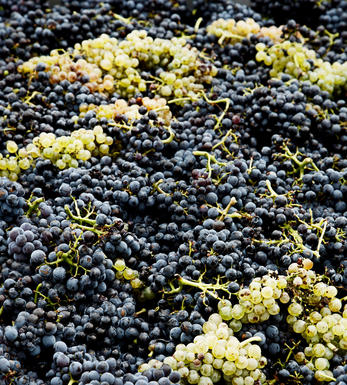
Other Varieties
There are over 200 different grape varieties used in modern wine making (from a total of over 1000). Most lesser known blends and varieties are traditional to specific parts of the world.


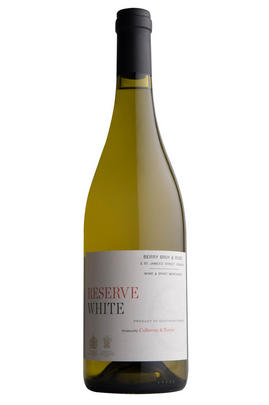
Buying options
Add to wishlist
Description
Limoux’s steep slopes and rich limestone and clay soils have combined to create this accessible white wine. Chardonnay from a selection of carefully selected parcels dominates the blend, giving breadth and concentration to the palate. Sauvignon Blanc, Mauzac and Chenin Blanc bring vibrancy and a refreshing acidity.
Fiona Hayes, Wine Buyer
wine at a glance
Delivery and quality guarantee